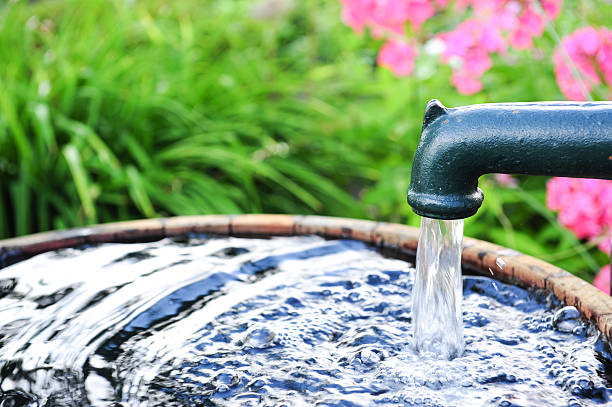cis-1,2-Dichloroethene

Parameter Type: Drinking Water Testing for Volatiles
Parameter Name: cis-1,2-Dichloroethene
What it is and Where it Comes From:
1,2-Dichloroethene, commonly called 1,2-dichloroethylene or 1,2-DCE, is an organochloride with the molecular formula C2H2Cl2. It is a highly flammable, colorless liquid with a sharp, harsh odor. It can exist as either of two geometric isomers, cis-1,2-dichloroethene or trans-1,2-dichloroethene, but is often used as a mixture of the two. They have modest solubility in water. These compounds have few industrial applications, although they are fundamental given their simple stoichiometries. cis-DCE, the Z isomer, is obtainable by the controlled chlorination of acetylene: C2H2 + Cl2 → C2H2Cl. Industrially both isomers arise as byproduct of the production of vinyl chloride, which is produced on a vast scale. If cis-1,2-dichloroethylene levels in your water are above 70 ppb, you should use water from an alternate source to wash, prepare and cook your food. Cis-1,2-dichloroethylene cannot be taken up by plants, however, cis-1,2-dichloroethylene can travel through soil and contaminate groundwater. Water containing cis-1,2-dichloroethylene above 70 ppb should not be used for irrigating or watering. Animals should not drink water with cis-1,2-dichloroethylene levels above 70 ppb. Drinking water testing gives you several benefits like peace of mind, identifying contaminants in your water, and insight into health concerns. Safe Home offers Laboratory drinking water testing kits for cic-1,2-Dichloroethene, allowing you to collect your water sample and ship it directly to our EPA-Certified Laboratory. This platform of drinking water testing for cic-1,2-Dichloroethene will give you an accurate level based on the lowest level of a parameter our instruments can detect (Method Detection Level). Safe Home drinking water testing for volatiles can be used for city and well water supplies. Drinking water testing should be done any time you notice a significant change in your water quality.
Health Effects:
How can cis-1,2-dichloroethylene cause health affects? Cis-1,2-dichloroethylene is a health hazard. The elderly and very young are particularly susceptible to the health effects of cis-1,2-dichloroethylene. Consuming water with high levels of cis-1,2- dichloroethylene over a long time can cause health effects such as liver and kidney problems, drowsiness, nausea, and cardiovascular problems.
Solutions to Contaminant Levels:
After drinking water testing, how can cis-1,2-Dichloroethene be reduced? A filter with granular activated carbon (GAC) is a proven option to remove certain chemicals, particularly organic chemicals, from water. GAC filters can be used to remove chemicals that give objectionable odors or tastes to water such as hydrogen sulfide (rotten eggs odor) or chlorine. Reverse osmosis is a process that removes foreign contaminants, solid substances, large molecules, and minerals from water by using pressure to push it through specialized membranes. Here’s how reverse osmosis works. Unlike osmosis, which is a passive process, reverse osmosis requires external force (pressure) to work. Pressure is applied to a highly concentrated solute solution, such as salt water, to pass through a membrane to a lower concentrate solution. The membrane allows water to flow through but blocks out larger molecules, like contaminants. The reverse osmosis process leaves higher concentrations of solute on one side and only the solvent, or freshwater, on the other. There is no evidence that boiling removes cis-1,2-dichloroethylene. Who do I need to contact to find out more information about water quality in my area? Every community water supplier must provide an annual report to its customers, known as a Consumer Confidence Report (CCR). The report provides information on your local drinking water quality, including the water’s source, contaminants found in the water, and how consumers can get involved in protecting drinking water. How often does the local public water system preform drinking water testing? Frequency of drinking water testing depends on the number of people served, the type of water source, and types of contaminants. Certain contaminants are tested more frequently than others, as established by the Safe Drinking Water Act. You can find out about levels of regulated contaminants in your treated water for the previous calendar year in your annual Consumer Confidence Report (CCR).


